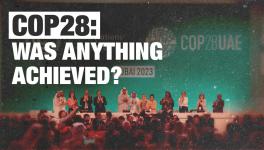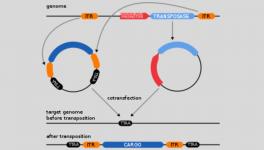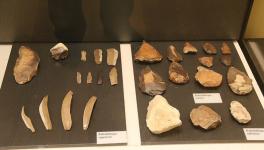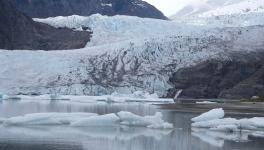Science in 2018: Gene-edited Babies, Ancient India DNA, and Lots More
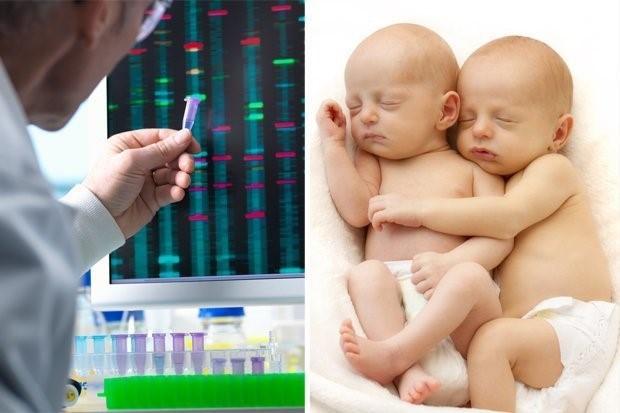
Image Courtesy: dailystar.co.uk
With 2018 in its final days, it’s time to look back on how this year has been in the context of scientific findings and discourses. The year witnessed many amazing scientific discoveries, but at the same time, we still failed to improve significantly in our combat with the climate change.
Here is our round up of 2018 in science:
Gene-edited Twins and the Ethical Questions:
Chinese scientist He Jiankui surprised the world with his proclaimed gene-edited twin babies that took birth with mutations in the germ cells that provide resistance to HIV infections. The mutations in the germ cell mean that these mutations will be inherited by future generations.
The claim of the success of human gene editing came out on the eve of International Summit on Human Gene Editing in Hong Kong. The findings are yet to appear as a scientific paper which was mainly circulated through a series of YouTube videos.
Ever since the videos of He went viral, scientists and bioethicists from across the world have started a prolific debate regarding the ethical and safety issues involved in such endeavors. The questions that linger are—how ethical is it to support this kind of a research? Is human gene editing an immensely important way that humanity should thrive on?
On the pretext of curing dreaded diseases, gene editing on the germ cells cannot, by any means, should be a scientific practice. There could be other ways of doing gene therapies by using latest technique like that of CRISPR CAS9 that could be adopted as a measure of combating genetic and other infectious diseases. If human gene editing becomes a regular practice, it could pose a threat to not only the ethical and safety concerns, but also the issues of justice and equity.
Also Read: World’s First Gene Edited Twin Babies: How Ethical is This?
Theoretical Predictions About Higgs Boson Made in 60s Got Experimental Confirmation:
Fundamental particles and myriads interactions among them is what builds up everything in the universe. Higgs boson, one such fundamental particle was discovered in 2012. Right after six years of its discovery, particle physicists of CERN could record its decay pattern. Recording the Higgs boson decay has made the theoretical predictions made in 60s to proceed a step further.
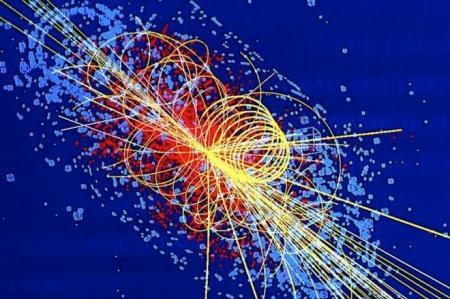
Peter Higgs was the man who, along with other six scientists, predicted the existence of the fundamental particle that we now know as the Higgs boson. Fundamental particles are those particles that can no further be divided and they interact among themselves governed by the fundamental forces.
The Higgs boson decays into a particle called a bottom quark and its counterpart, an antibottom quark. A subatomic particle, Higgs boson weighs as much as 130 protons, and exists in the boson form only for a while, almost 10 trillionth of a nanosecond. Theoretical predictions said that a Higgs boson should exist 60 per cent of the time in the form of its bottom-anti bottom quark pairs. But recording this phenomenon had been a massive task to be accomplished.
Also Read: Higgs Boson Decay Recorded: A Step Forward in the Confirmation of Theoretical Predictions
Rakhigarhi DNA Analysis Has Shed New Lights to the Origins of Indus Valley Civilisations:
The 4500 years old skeleton found in the excavation at Rakhigarhi, situated in present day Indian state of Haryana had many things to reveal about the ancestors of the Indus Valley Civilisation. Analysis of the DNA present in the skeleton has confirmed that the skeleton was more linked to Dravidian tribal group named “Irula”, currently living in Tamil Nadu and Kerala in the Nilgiri Highlands. Political sensitivity linked to the issue has deterred the findings from getting published.
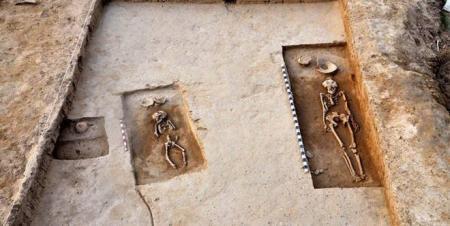
Image Source: The Hindu
The R1a1 gene, loosely called the ‘Aryan Gene’ was not found to be present in the DNA retrieved from the skeleton. This is remarkable, not only because of the scientific artefacts, but also as a stepping stone towards settling a much-debated chapter of ancient Indian history. This finding holds the possibility to thwart the right wing’s claim of the Indus Valley Civilisation being a Vedic Hindu civilisation.
The fact that the Aryan genetic imprint is absent in the first ever genome deciphered from an individual belonging to the Indus Valley civilisation will bolster that this civilisation preceded the migration of the Aryans, and was also distinct from it.
Also Read: Higgs Boson Decay Recorded: A Step Forward in the Confirmation of Theoretical Predictions
Inability to Combat Man-made Climate Changes Will Make Storms and Floods More Devastating Across the World:
The man-made climate change and the resulting global warming is continuing unhindered. The Paris Agreement’s aims of keeping global temperature rise in check are still a distant dream. Whether it is the UN Emission Gap Report or the IPCC report – all indicate a worrying situation of our inability of combating climate change. Continuing this, would lead to situations where our planet will have enough of warming to create widespread devastations.

Image Source: The Telegram
The results, as we have already started witnessing, include storms with increased intensity and devastations, drying up of natural water sources while intensifying rains and floods. Whether it is typhoon Mangkhut or hurricane Florence, the year 2018 saw many storms across the world—with enormous destructions. Climate scientists have found definitive link between extreme weather events and human-caused climate change. Human-created climate change has a direct effect on storms, making these more devastating. Not only that, they have even warned that predicting the fury of the storms would become more difficult as a result of climate change.
More intense rains are in store for us if climate warming continues causing more urban flash floods. But the intense rains no way would replenish the natural water sources. The reason, ascertained by the researchers, is the drying of soils due to global warming, thus pointing towards a situation where drought-like situations will become more prevalent, especially in regions that are already dry.
Ancient DNA Analysis Revealed Interesting Facts About our Origin and Evolution:
Modern human’s links to ancient hominids have been a well-studied subject. Analyses of the ancient DNA that have been excavated from various places tell us many interesting stories of our development. It is found that the viral defense capacity of modern humans were acquired from the Neanderthals—our close cousins in incidences where mating between these two species took place. Many modern Europeans and Asians today have about 2 per cent of Neanderthal DNAs in their genomes.
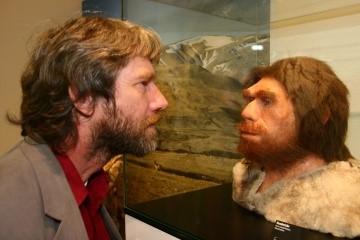
Image Source: howstuffworks.com
As far as the human brain evolution is concerned, there are also links to genetic variations in the Neanderthals. The researchers have found from fossil and DNA analysis that Neanderthal genes present in the modern humans can influence the brain shapes. Especially, Neanderthal DNA fragments that have two genes—UBR4 and PHLPP1 in the chromosomes 1 and 18 render the brain to be less globular in shape. These genes are also known for their roles in different aspects of brain development like neurogenesis and myelination.
Get the latest reports & analysis with people's perspective on Protests, movements & deep analytical videos, discussions of the current affairs in your Telegram app. Subscribe to NewsClick's Telegram channel & get Real-Time updates on stories, as they get published on our website.









